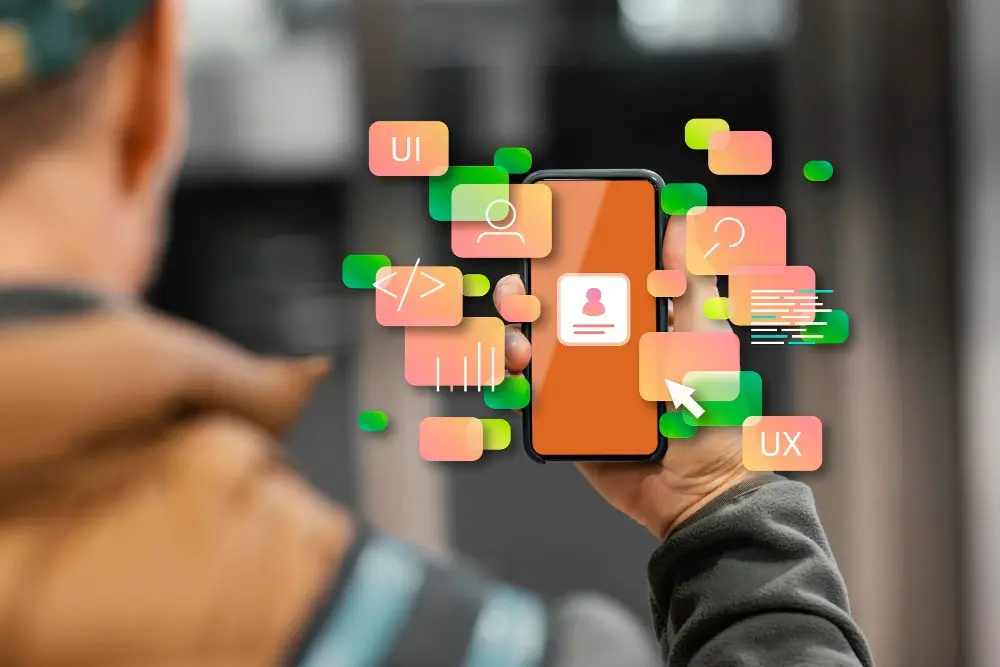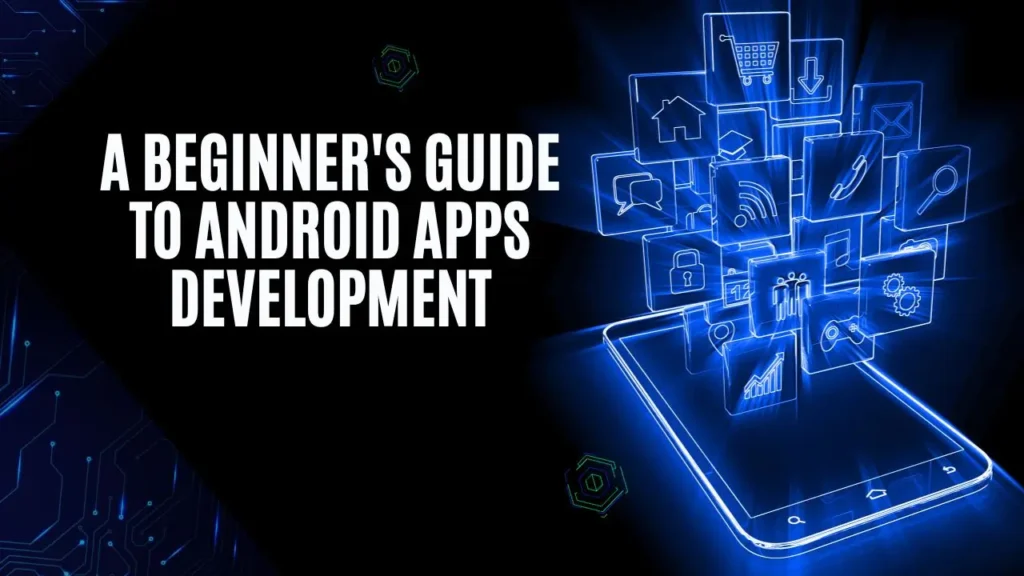Are you eager to dive into the world of Android app development? With millions of Android devices in the hands of users worldwide, the demand for Android apps continues to soar. Whether you’re looking to create the next big hit or develop a useful tool for a niche audience, this comprehensive guide will set you on the path to becoming an Android app developer. In this article, we’ll walk you through the fundamental concepts and steps to start your Android app development journey.
Getting Started with Android App Development
Before you can start building Android apps, you’ll need to set up your development environment. Android Studio serves as the paramount integrated development environment (IDE) for Android app development, serving as an essential tool for developers. Install Android Studio and ensure it’s configured correctly to unleash your creative potential. Additionally, you’ll need to set up the Android Emulator, which allows you to test your apps on virtual devices.
Once your development environment is ready, it’s time to create your first Android project. Android Studio offers various project templates to choose from, including activities, services, and more. Select an appropriate template for your app’s purpose and start exploring the project structure. Familiarizing yourself with the structure is essential for efficient app development. It’s also important to conduct market research, define your target audience, and create a well-defined app roadmap. With a solid plan in place, you can start exploring the project structure. Familiarizing yourself with the structure is essential for efficient app development. Check out the science behind app development to learn more about creating a successful mobile app development strategy, check out this helpful guide.
Understanding the Basics of Android Apps

Android apps are composed of various components that work together to provide functionality and user interfaces. The core components include activities, layouts, intents, and the manifest file. Activities represent the screens or UI elements of your app, while layouts define the arrangement of UI components. Intents facilitate communication between different app components, and the manifest file holds essential metadata about your app.
To create user interfaces for your Android app, you’ll often use XML layout files. These files define how your app’s UI elements are organized and displayed. Starting with a simple user interface layout is a great way to get hands-on experience with Android app development.
Creating Your First Android App
With the basics in place, it’s time to embark on the exciting journey of writing your first Android app with the expert guidance of Web Deve London. Begin by creating and coding an activity. Activities are the building blocks of Android apps, representing the various screens or user interfaces your app will have. You can use either Java or Kotlin to add functionality to your app. Kotlin, in particular, has gained popularity for its concise syntax and enhanced safety features.
As you write code for your app, remember to run and test it frequently. Android Studio provides tools to simulate app behavior and test it on the Android Emulator. Testing your app as you go helps identify and resolve issues early in the development process.
Exploring Android App Development Tools
Android Studio is a feature-rich IDE equipped with tools to streamline your development workflow. The code editor offers syntax highlighting, code completion, and error checking, making coding more efficient. The debugger allows you to inspect and troubleshoot your code during development.
Web Deve London recommends mastering these development tools to ensure a smooth app development experience. Android Device Monitor provides insights into your app’s performance and resource usage. Profiling and optimization tools help you identify bottlenecks and improve the efficiency of your app.
Fundamentals of Android App Development Design

Design plays a crucial role in the success of an Android app. Android’s Material Design principles provide guidelines for creating visually appealing and user-friendly interfaces. Adhering to these principles can enhance the user experience and make your app more appealing to users.
Consider the diversity of Android devices, each with its screen size and resolution. Designing your app to adapt to various screen configurations is essential for reaching a broader audience. Android provides tools and techniques to create responsive and adaptive layouts, as Web Deve London emphasizes.
Data Storage and Retrieval
Most Android apps need to store and retrieve data, whether it’s user preferences, app settings, or user-generated content. Android offers several options for data storage, including SQLite databases, SharedPreferences for simple data storage, and making network requests to interact with remote servers and APIs.
Understanding how to work with these data storage options is essential for building apps that can persist data effectively and provide a seamless user experience.
Debugging and Troubleshooting
As an Android app developer, you’ll encounter bugs and issues in your code. Effective debugging is a crucial skill to develop. This involves using common debugging techniques, handling errors and exceptions gracefully, and leveraging tools like Logcat to analyze and troubleshoot issues.
Regularly testing and debugging your app ensures that it functions correctly and delivers a reliable user experience.
Testing Your Android App

Testing is an integral part of the app development process. Android provides tools like JUnit for unit testing and Espresso for automated UI testing. Writing tests for your app helps ensure its functionality remains intact as you make changes and updates.
Testing your app on physical devices is also essential to ensure compatibility and performance. Different devices may have varying hardware configurations, and testing on real devices helps identify any device-specific issues.
Preparing Your App for Deployment
Once your app is complete, you’ll need to prepare it for deployment to the Google Play Store or other app distribution platforms. This involves generating a signed APK (Android Package) that can be installed on Android devices. You’ll also need to understand the submission process for the Google Play Store and meet any necessary requirements.
Before submitting your app, consider optimizing its performance and addressing any last-minute issues. The success of your app in the marketplace depends on how well it performs and meets user expectations.
Conclusion
In this comprehensive guide, you’ve gained insights into the essential steps and concepts of Android app development. From setting up your development environment to designing user-friendly interfaces and testing your app, you’ve embarked on a journey to become a proficient Android app developer.
Remember that learning Android app development is an ongoing process, and there are always new techniques and technologies to explore. Stay curious, keep practicing, and you’ll excel in the field of Android app development. To continue your learning journey, explore additional resources and references available online. Happy coding!







